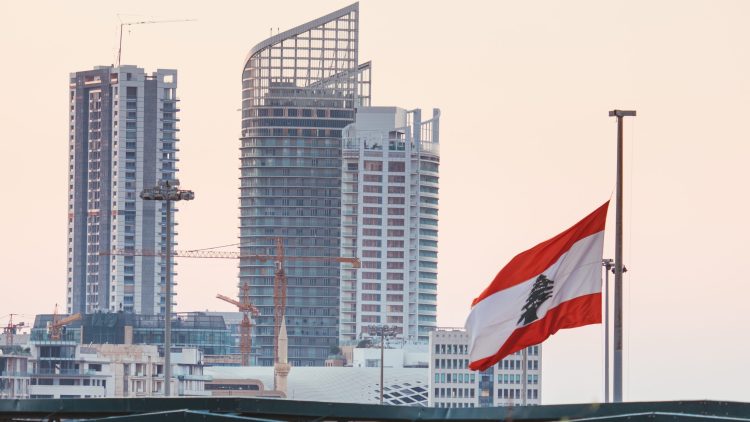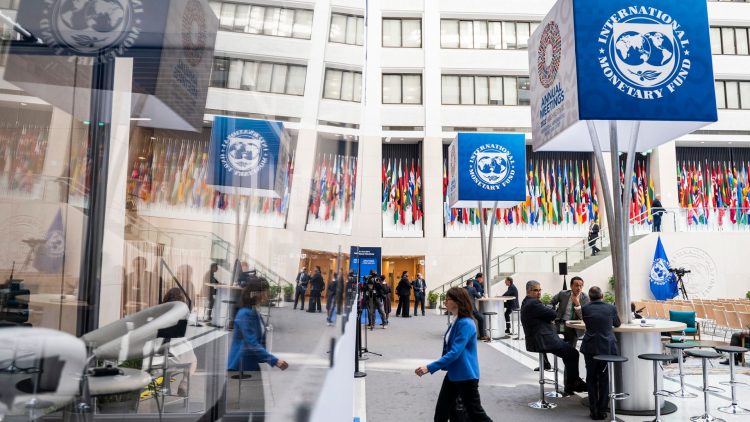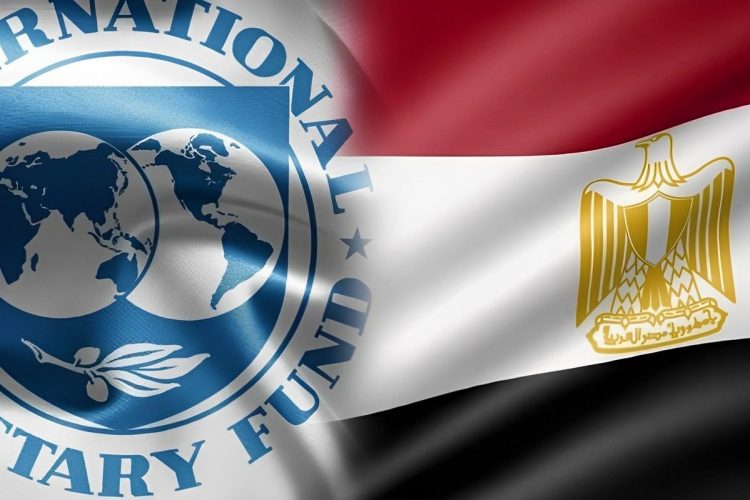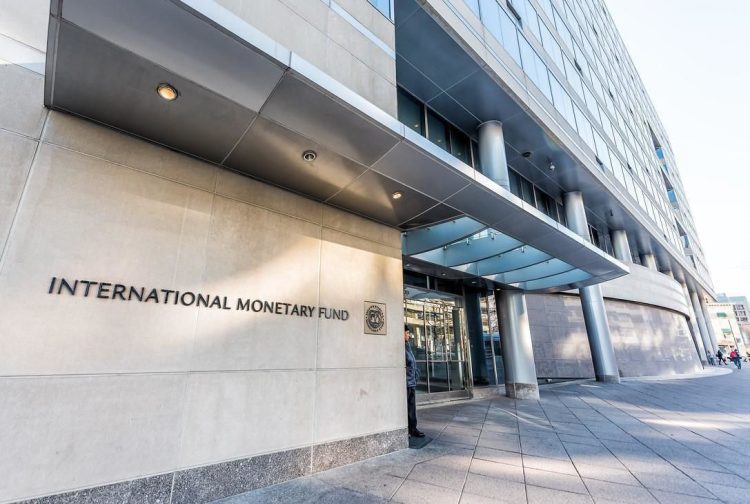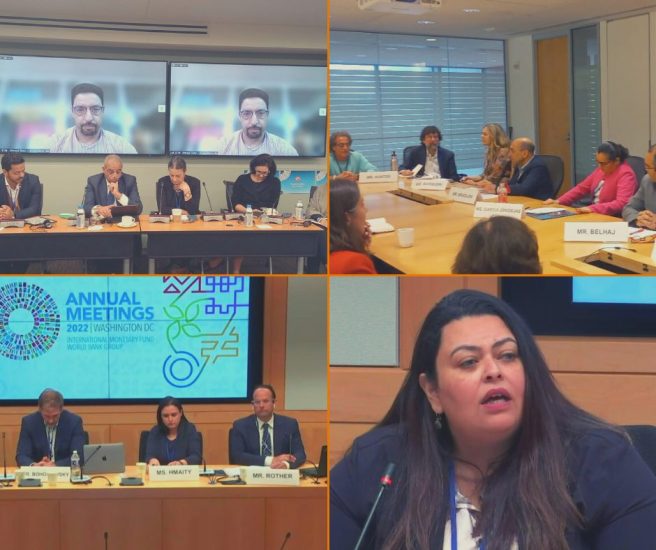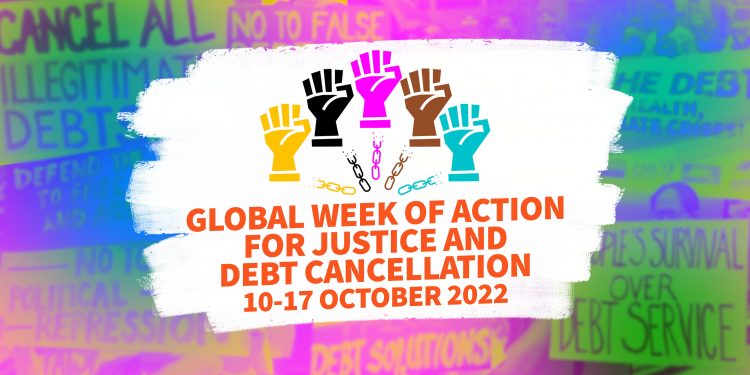The International Monetary Fund
The International Monetary Fund (IMF) and the World Bank Group are often referred to as “sister institutions”, since they were both created together in 1944 to perform complementary roles.
Many donors will only lend the governments that have no outstanding arrears to the IMF and that comply with IMF policy recommendations. This practice grants the IMF tremendous power over countries’ access to external financing.
What is the mission of the IMF?
The IMF’s mission is to ensure the stability of the international monetary system. It does so in three ways: keeping track of the global economy and the economies of member countries; lending to countries to help them overcome balance-of-payments deficits (when spending on imports exceeds revenues from exports); and giving economic advice to member countries.
How is the IMF different from the World Bank Group?
The IMF does not fund specific development programs and projects. When the IMF provides a loan to a country, the loan goes to the public budget to address a deficit in the balance of payment. Those loans from the IMF are always accompanied with a national comprehensive economic program that aims to address the deficit by increasing income and decreasing spending. The comprehensive economic program often includes austerity measures and economic reform programs that target specific sectors like the banking sector, the social safety net program, energy sector, and private sector investment reform among others. International Financial Institutions like the World Bank Group, and other major donors, often fund those specific programs included in the national economic program the government commits to implement in order to qualify for the IMF loan.
Who runs the IMF?
The IMF is owned by its 190 member countries. Each is assigned a voting share, called a quota, based on the size of its economy.
Board of Governors. Each of the member country has one representative in the Board of Governors. The representative is usually the Finance or the International Cooperation Minister, or the Governor of its Central Bank. They meet twice a year at the Annual Meetings and the Spring Meetings. The IMF and the World Bank Group organize their Annual Meetings and Spring Meetings at the same time and at the same location. And most often the governors are the same one in the IMF Board Governors and the World Bank Group Board of Governors.
The Executive Board: The Board is responsible for conducting the day-to-day business of the IMF. Its is composed of 24 Directors, who are elected by member countries, or by groups of countries. Eight countries have each their own representative: The US, the UK, France, Germany, China, Japan, Russia, and Saudi Arabia. The rest of the countries (182) share 16 seats at the Board of Directors.
The Managing Director: Usually the Managing Director is nominated by Europe and approved by the Executive Board. The Managing Director oversees the work of all the departments at the IMF except for the Independent Evaluation Office that reports to the Executive Board and evaluates the IMFs programs and policies.



